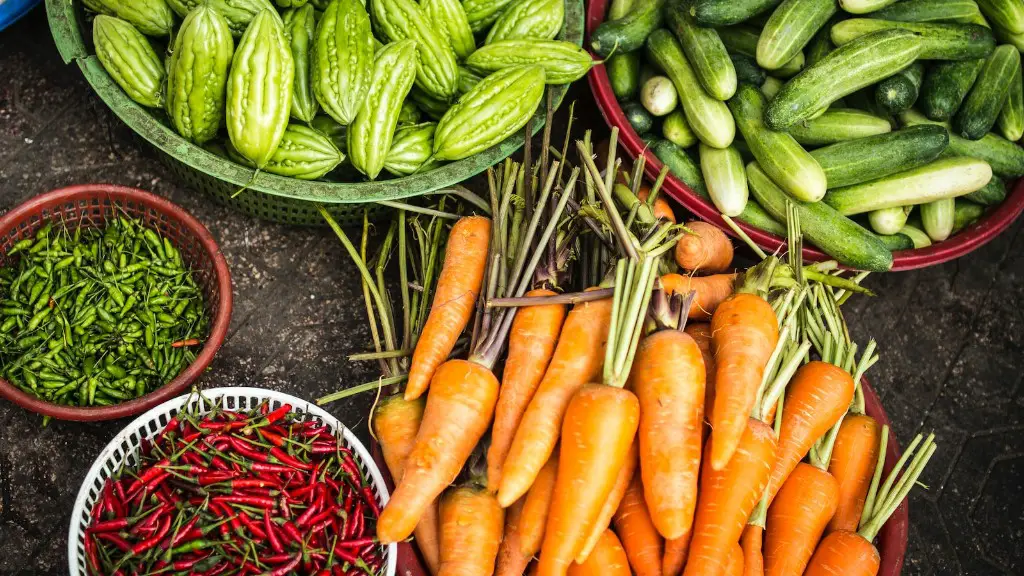Agriculture is an ancient art that has allowed for the development of society. Every day, farmers around the world are working hard to provide us with the food that keeps us healthy and nourished. While there is a range of different methods used in the practice of agriculture, there are five main branches that Agriculture falls into – Cropland, Horticulture, Animal Husbandry, Forestry, and Fishing. In this article, we’ll explore each of these branches in more detail and the ways in which they benefit our lives.
Cropland
Cropland involves the cultivation of grains, vegetables, and fruit for consumption and sale. Common Cropland crops include wheat, corn, rice, beans, and potatoes, among many others. This sector uses modern technology and science to increase yields, including natural and synthetic fertilisers, weed and pest control, and irrigation systems. Cropland is an essential and economical way to produce food.
Horticulture
Horticulture is the cultivation of plants such as fruit, vegetables, and flowers. It also involves controlling weeds, pests and diseases, harvesting crops, and organising proper storage and distribution. Horticulture farmers often use a variety of growing systems, such as container gardens, greenhouse cultivation, or rock gardens. All of these grow plants with particular qualities, such as larger size, increased nutrients, or enhanced flavour.
Animal Husbandry
The term Animal Husbandry covers the breeding and care of domesticated livestock. This sector has a focus on food production and includes such animals as cattle, goats, sheep, and pigs. It’s important for Animal Husbandry farmers to maintain the quality of their herd by providing the most efficient and cost-effective methods of feed production and pasture management. This ensures sustainable production and profitable return.
Forestry
Forestry is the science and practice of managing forests. This includes planting and cultivating trees, preserving biodiversity, as well as ensuring the sustainable use of forest resources. Forestry provides many products and services such as timber, paper, and fuelwood. This sector is essential in helping to maintain the balance of nature, as well as providing a reliable source of income.
Fishing
Fishing is the practice of harvesting and processing aquatic organisms such as fish, shellfish, and other animals. This sector can be divided into two main areas: commercial fishing and recreational fishing. Both involve the use of vessels, fishing equipment, and techniques that involve catching, sorting, storing, and processing fish. Fishing is also an important source of food and has a large impact on the global economy.
Organic Agriculture
Organic agriculture is a branch of agriculture that focuses on producing food without the use of conventional synthetic fertilisers and pesticides. It relies on crop rotation, green manures, composting, and natural pest control. This system of agriculture is beneficial as it minimises environmental pollution and nutrition loss, as well as improving soil fertility and plant health.
Aquaculture
Aquaculture is the farming of aquatic organisms in controlled environments. This can include growing fish and shellfish for commercial sale, as well as for food. Aquaculture requires a large investment in technology, which includes the operation of efficient filtration systems, aeration equipment, and temperature and light control. This helps to ensure healthy and sustainable growth of aquaculture species.

